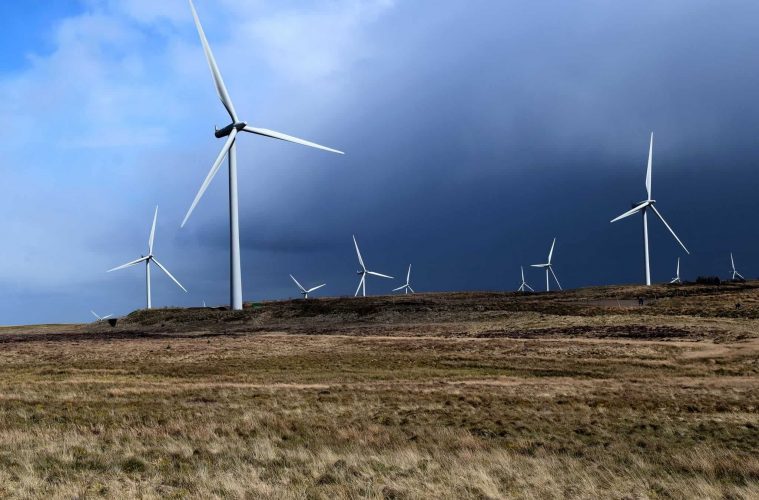Wind power is a renewable energy source that can be used to generate electricity. Windmills or turbines to capture the kinetic energy of the wind and convert it into electrical energy. The wind blows the blades of the turbine, which rotates the shaft connected to a generator. The generator then produces electricity that can be used to power homes and businesses.
Wind power is a clean and sustainable source of energy that can help to reduce our reliance on fossil fuels. It is also one of the most cost-effective renewable energy sources available. In many cases, wind power can be generated at a lower cost than traditional forms of energy such as coal and natural gas.
Wind farms are becoming an increasingly common sight in many parts of the world. These large-scale wind farms are able to generate enough electricity to power entire communities.
So how does wind power work? By harnessing the power of the wind, we can create a clean and sustainable source of energy that can help us move away from Fossil fuels and towards a more sustainable future.
Converting kinetic energy into electrical energy
Wind turbines convert the kinetic energy of wind into electrical energy. The blades of the turbine capture wind energy and turn it into rotational energy. This rotational energy is then used to spin a generator, which produces electricity. The electricity produced by wind turbines can be used to power homes and businesses. They are a clean source of energy that does not produce emissions or pollution. They are also a renewable resource, meaning they can be used again and again.
Benefits of using wind turbines
Since wind turbines are clean, renewable sources of energy, they have many benefits over traditional petrol and diesel generators. They are cheaper to operate and maintain, and generate no emissions or pollution. They also have a much smaller footprint than traditional power plants, making them ideal for use in remote and rural areas. They can also provide a reliable source of income for farmers and landowners who lease their land to developers. In addition, wind power is a rapidly growing industry, creating thousands of new jobs every year. With wind turbines, we can create a cleaner, greener future for ourselves and our planet.
Types of wind turbines
Wind turbines come in a variety of shapes and sizes, each designed to maximize wind power capture while minimize negative impacts on the environment. The most common type of wind turbine is the horizontal-axis wind turbine (HAWT). HAWTs have blades that rotate around a horizontal axis, making them more efficient at capturing wind energy than vertical-axis wind turbines (VAWTs), which have blades that rotate around a vertical axis. However, HAWTs are also taller than VAWTs and can have a greater visual impact on the landscape. As a result, many people prefer VAWTs for residential applications. Other types of wind turbines include offshore wind turbines, which are designed to be installed in deep water, and floating wind turbines, which are designed to be installed in areas where the water depth is too great for offshore wind turbines.
How to choose the right wind turbine for your needs
In many parts of the world, wind power is an increasingly popular choice for generating electricity. Wind turbines can be used to supplement or replace traditional power sources, and they offer a number of advantages, including low emissions and low operating costs. But with so many different wind turbines on the market, how can you choose the right one for your needs?
There are a few key factors to consider when selecting a wind turbine. The first is the wind resource at your site. This will determine the size and type of turbine that you need. The second is the amount of power that you want to generate. This will help you determine the number of turbines you need to install. Finally, you need to decide on a budget. Once you have an idea of how much you are willing to spend, you can start looking at specific models and brands.
With so many variables to consider, choosing the right wind turbine can seem like a daunting task. However, if you take the time to do your research, you should be able to find a turbine that will meet your needs and help you take advantage of the wind resource at your site.
Installation and maintenance of a wind turbine
Imagine a windmill in your backyard, silently spinning as it generates clean, renewable energy for your home. Now, wind turbines are becoming increasingly popular as a source of residential energy. Although the initial cost of installation can be high, wind power is one of the most efficient and environmentally friendly sources of energy available. And, once a wind turbine is installed, it requires very little maintenance. Most wind turbines come with a 20-year warranty, and many will continue to produce energy for much longer than that. So, if you’re looking for a way to reduce your carbon footprint and save money on your energy bill, a wind turbine may be the perfect solution.

